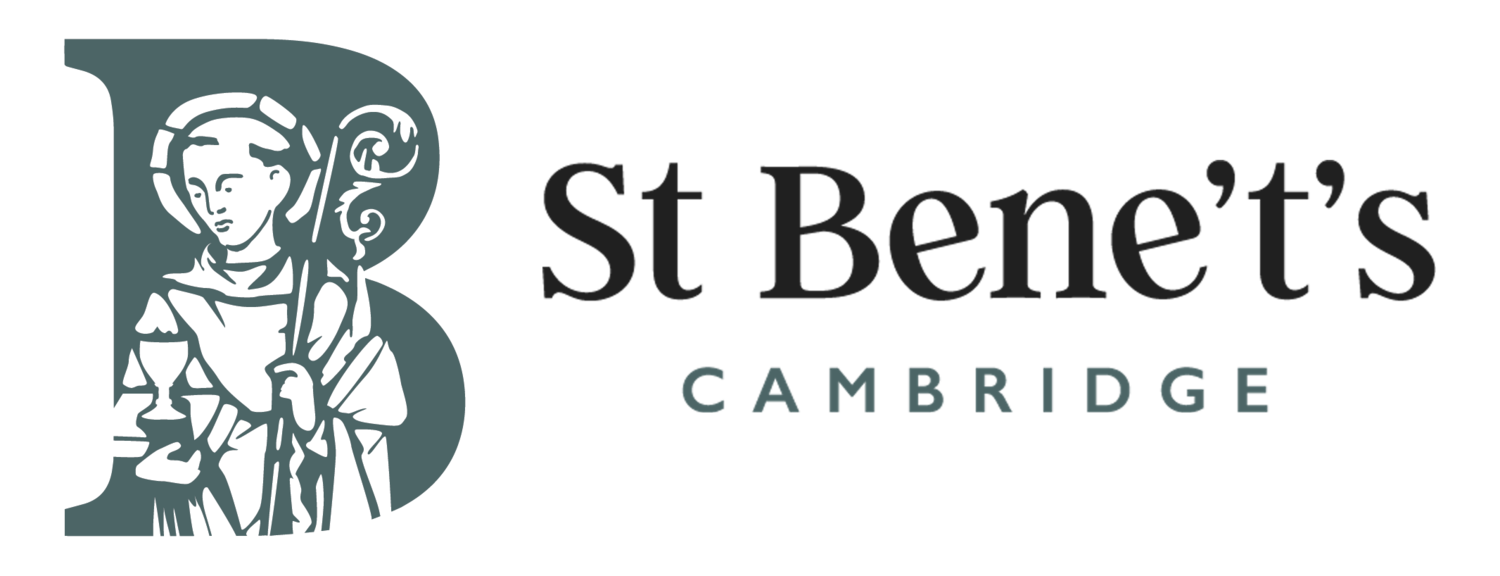Devastation & Change in the 17th Century
Few realise that St Bene’t’s was nearly closed in the seventeenth century, a victim of broader changes sweeping the nation after the English Civil War. In 1649, the Church of England was disestablished, and in 1650, the town commissioners suggested closing the parish church, since its minister was supported by the funds of parishioners, without a vicarage or other property to support him.
It was a considerable change in a short time. In 1610-1614, only a generation before, Thomas Hobson and other wealthy, civic minded parishioners at St Bene’t’s were key players in executing the large public project of bringing fresh water to Cambridge. Several generous benefactions were made to the parish in the first half of the century, including a beautiful display Bible given by Hobson in 1626 and a set of silver flagons and cup given by others in 1629 and 1638. The church’s altar was furnished with steps in 1639 by order of Matthew Wren, the Bishop of Ely, to increase the visible splendour of church services.
Changes set in during the Civil War. The church was ravaged when the Puritan iconoclast William Dowsing came through Cambridge in 1643. With the willing aid of churchwarden Thomas Russell, a supporter of Oliver Cromwell, the church was stripped on 28 December, the Feast of the Holy Innocents. According to his journal, Dowsing removed ‘seven superstitious pictures, 14 cherubim, and 2 superstitious ingraving’. He was particularly offended by the brass of Richard de Billingford.
The parish survived these transformations and attempts at closure. By 1660, with the re-establishment of the Church of England, Anglican worship had resumed at St Bene’t’s. In 1664, two members of the parish, Thomas Mace and Samuel Newton, were made treasurers of the city in an elaborate ceremony that included ‘sugar cakes,’ ‘white claret,’ and a glass of ‘sack’ (a fortified wine) for each man.
The fate of St Bene’t’s was on the rise. Four major benefactions came in the 1660s and 1670s: silver plates for the Communion service, and funds to provide for preaching and relief for impoverished members of the parish. The church was remodelled in 1725 with a new brass chandelier, and in 1732 with a new pulpit and box pews. These provided a comfortable setting for the preaching, reading, and psalm-singing of Morning and Evening Prayer, until further changes in the nineteenth century.



